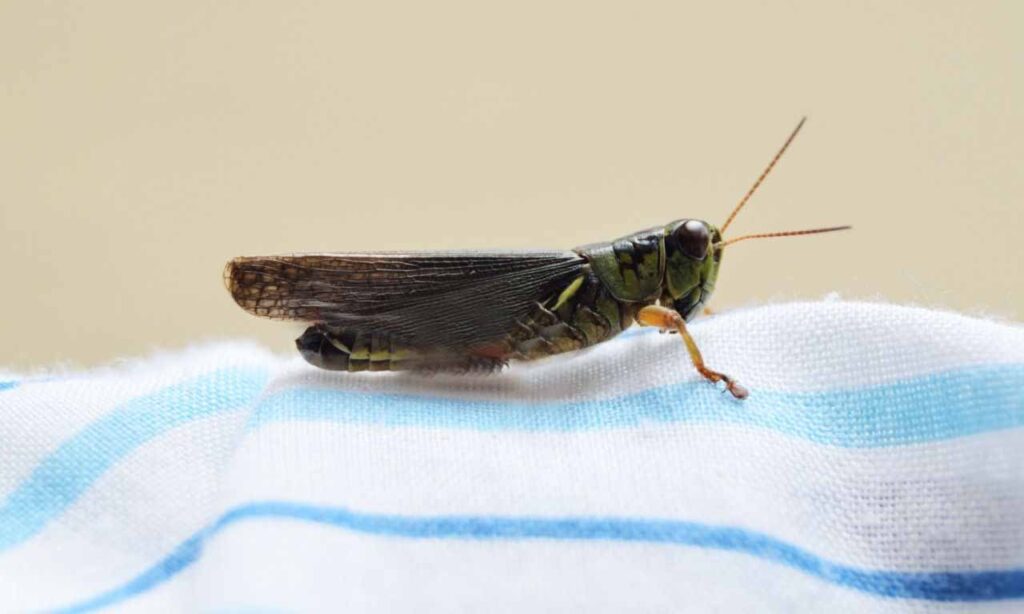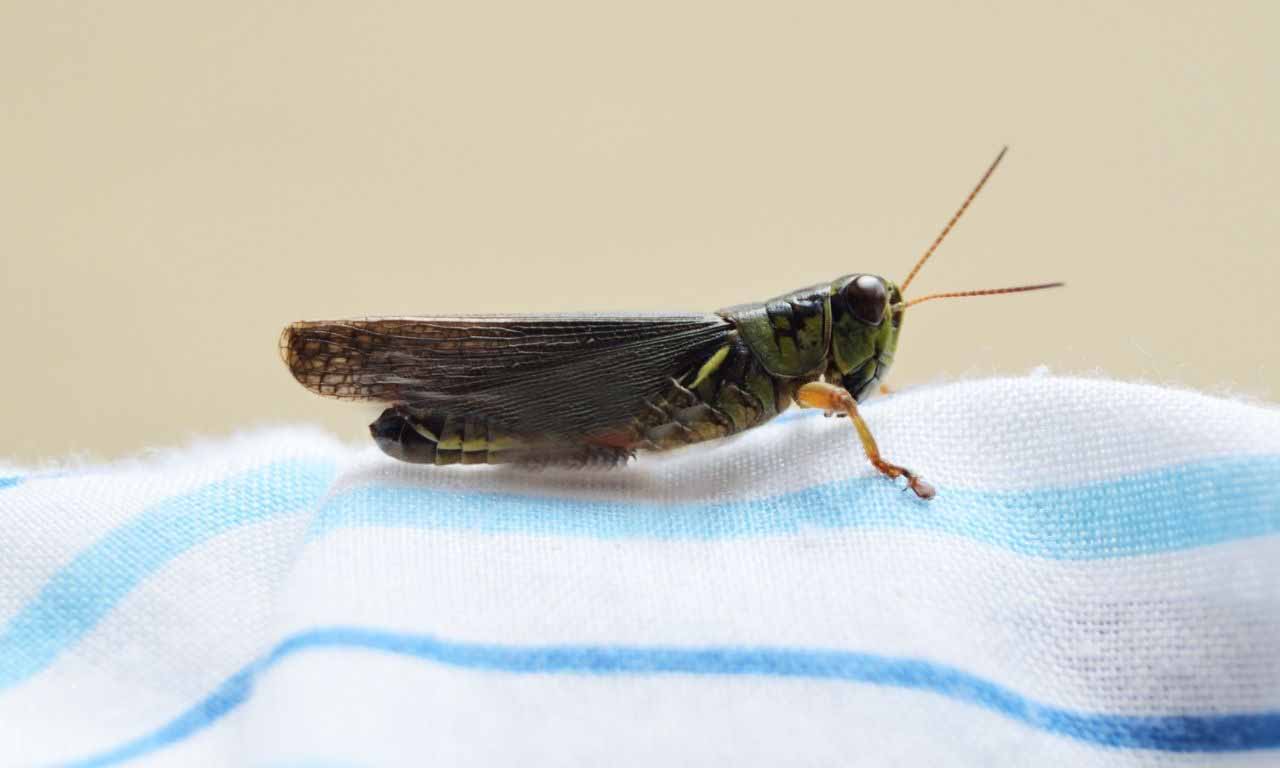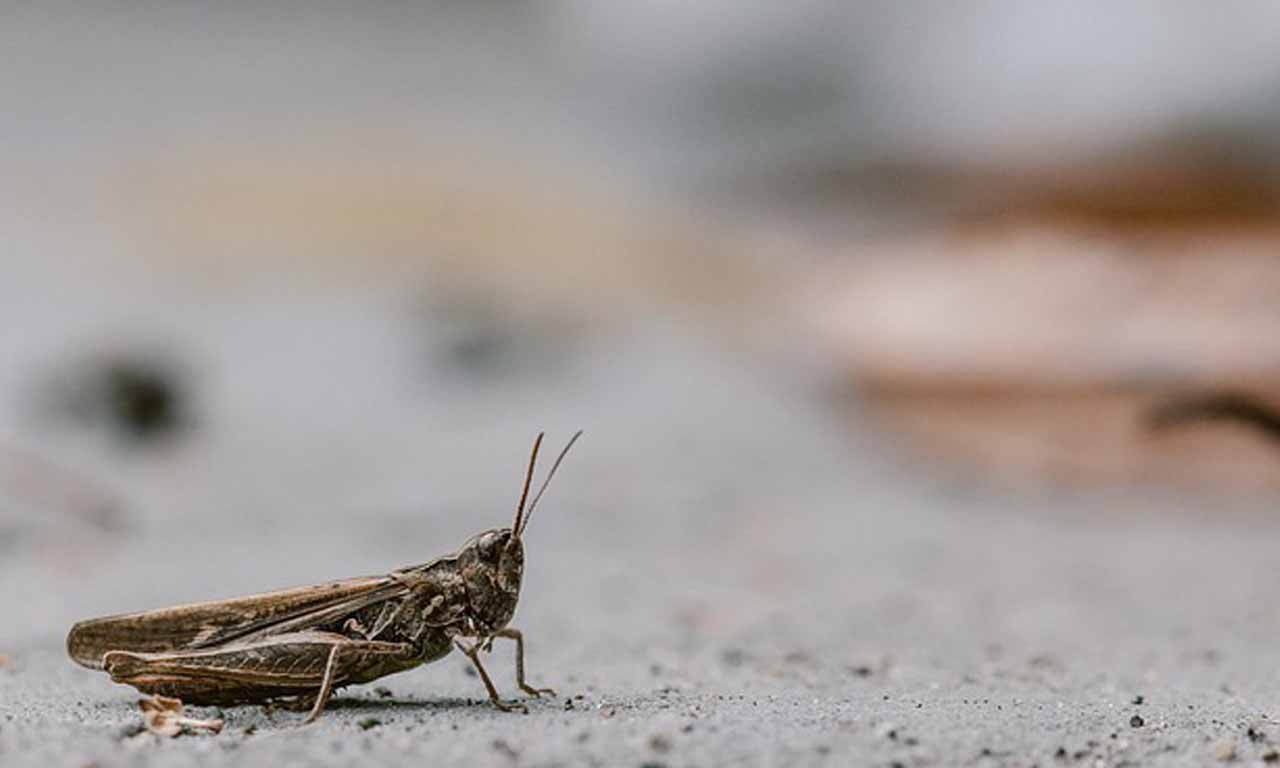
 Crickets can be an annoyance. They live in big numbers, and they can do severe damage to your garden. Crickets are resilient. They don’t die immediately. You can often see them moving around with detached body parts but
Crickets can be an annoyance. They live in big numbers, and they can do severe damage to your garden. Crickets are resilient. They don’t die immediately. You can often see them moving around with detached body parts but
Can a cricket survive with one leg? Yes, cricket can survive with one leg, although it will face a lot of difficulties. Nymph cricket can regenerate their legs but an adult cannot. It will be incredibly difficult for an adult cricket to survive with one leg. The adult cricket will survive as long as predators do not eat them.
How Many Legs Does A Cricket Have?
Cricket has six legs. The hind leg, the mid leg and the foreleg. The hind leg, which is significantly larger than the other legs helps them to jump, whereas the mid leg allows them to move around. The tibiae in the front leg contain tympani, which is used as a receptor of sound.
As you can see, all of their legs have their own function losing a single one can be problematic, but they do it to save themselves. In the wild, a single mistake from the cricket can be fatal. Every single thing counts in the wild. There are a lot of predators that eat cricket, so it will be difficult for cricket once they lose five of their legs.
It will be difficult for the cricket to land on a surface and most of the time the cricket will lose balance. Predators look for this kind of opportunities if it sees that cricket is struggling to do basic movements then the predator will specifically target that cricket because it can be easy prey.
Many crickets are lucky, and so some of them survive for long, but mostly they die. With just one leg, it will be challenging to walk and jump, which is their way to escape from danger.
How Crickets Lose Their Legs?
Sticky Substance:
If cricket legs get stuck in any sticky substance, then the cricket can separate their leg to escape from that place and survive. They have a lot of legs, so if they lose two or three legs, they will still survive. They can intentionally disengage the legs from the body to survive. But If this process happens over and over again, then the cricket will be left with no legs and will die the next time it gets caught in the sticky substance.
Predators:
 Predators can make a surprise attack and even with that they sometimes miss. Cricket can jump very well, and they have a good reflex. A small mistake from predators like a lizard, frogs, will allow them to escape the place, but in the process crickets sometimes lose their legs because if the predator grabs the leg, then the cricket will intentionally lose their leg to get away from them.
Predators can make a surprise attack and even with that they sometimes miss. Cricket can jump very well, and they have a good reflex. A small mistake from predators like a lizard, frogs, will allow them to escape the place, but in the process crickets sometimes lose their legs because if the predator grabs the leg, then the cricket will intentionally lose their leg to get away from them.
It is often seen that crickets that lose one of their legs tend to lose more legs eventually. It’s because predators often target them, and in the process of escaping, they lose more legs. Once the predator grabs its leg, they will start eating, and the cricket has to detach the leg to survive.
A cricket will separate it’s leg even if they lose more than two legs because that’s their best chances to survive. This strategy works but not all the time. They are not always lucky. A surprise attack from a predator can capture their whole body, thus giving no chance to escape.
In this scenario, the cricket cannot separate their leg to get away because their whole body is inside their jaw. The cricket is not able to escape and is eaten by the predator.
Fight
Cricket can lose their leg while fighting each other. Crickets fight for various reasons, and one of the reason is to mate. The female prefers a dominant male, so male crickets will fight each other to become the dominant male and to mate with the female. This is a common phenomenon, and while they are fighting, they can lose various parts of their body and legs are one of them.
Crickets With One Leg Becomes Slower
If cricket has only one leg, then, their movement will become slow. Their movement becomes visibly slow, and their ability to jump becomes zero. This also plays against them when they are trying to escape a predator. It will be difficult to escape a predator if it starts chasing the single-legged cricket because they will not be able to move around that quickly, and the predator can catch that cricket.
Even after losing almost all of their leg, crickets can move around by sliding their body, even though they become slow they don’t give up. Losing its leg doesn’t stop their ability to eat. They can eat whatever they were eating before they lost their legs. Losing five of their legs will not stop them from moving around or feeding, but yes, it’s not the best condition to be.
Can A Cricket Grow Back Its Leg?
 Yes, nymph cricket can grow back it’s leg. They can completely replace the lost legs with the new one with almost the same size and texture. Nymph cricket can regenerate their whole body through metamorphosis, but adult crickets don’t have that kind of regenerative power. If an adult cricket loses their legs, that means it’s gone forever. If an adult cricket loses any part of their body, they won’t be able to grow it back.
Yes, nymph cricket can grow back it’s leg. They can completely replace the lost legs with the new one with almost the same size and texture. Nymph cricket can regenerate their whole body through metamorphosis, but adult crickets don’t have that kind of regenerative power. If an adult cricket loses their legs, that means it’s gone forever. If an adult cricket loses any part of their body, they won’t be able to grow it back.
Why Losing Few Legs Can Help Them To Survive?
Crickets can lose their leg intentionally. They have this mechanism in their body, so in an emergency, they can lose their leg to survive. Although this is the last resort and an adult crickets can permanently lose them, but they still do it to survive. The purpose of cricket is to survive and mate.
So they have this mechanism in their body. As long as they can mate, it doesn’t matter what they lose. They don’t live for long, but within that time frame, they will mate and continue to grow their population. So losing the leg is an important strategy to stay alive and grow their population.
If a cricket loses their hind leg, then the cricket will not be able to jump, and if the cricket loses its front leg, then the cricket will not be able to walk properly. Both of them are problematic for cricket, but this happens. This is quite a common phenomenon. Crickets live in big numbers, and this keeps on happening, but regardless of that, they keep on growing their numbers. Their population keeps on growing even if there are a lot of predators.
Why Are Crickets Harmful Even After Losing Its Leg?
Firstly the cricket will survive even with just a single leg, and then the cricket will damage your plants. They will eat whatever they were eating previously, so losing the legs is not enough; the only way is to get rid of them entirely. You can use an insecticide to get rid of them. Crickets don’t harm humans directly, but they damage the crops, plants which in turn harms us.
Final Words
Crickets can survive with just one leg, and they can intentionally detach their legs to survive. Every single leg has it’s own purpose, so losing a single leg means losing functionality, but they do so to survive.
If you have lots of crickets in your garden and you want to get rid of them, then use an insecticide to get rid of them entirely. Crickets can camouflage very well, and that is their primary form of defense, but an insecticide can break through that defense and will get rid of crickets.
Welcome to my blog. I have been doing pest control for years since my house, garden and pets were always attacked by various kinds of pests and as a result I had to know proper pest control techniques that works. In this blog I share all the tips and tricks that I know and I hope you’ll find it helpful.
